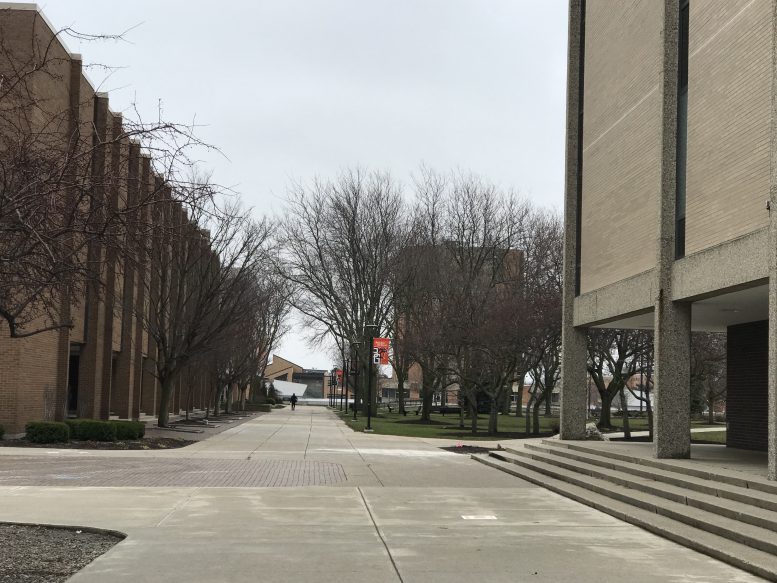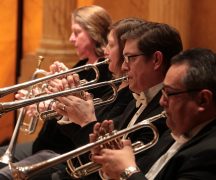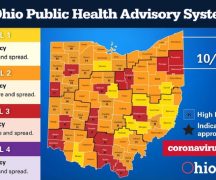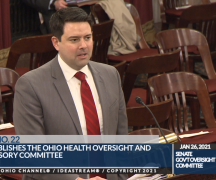By DAVID DUPONT
BG Independent News
At this point the questions facing Bowling Green State University far outnumber the answers.
The university is facing a shortfall of as much as $27 million in its education and general budget. That number itself is a question, the answer depends on the answers to many other questions.
In the uncertain times when the university and the rest of the world is dealing with a global pandemic those answers are hard to come by.
So, a traditional commencement will not happen in a month, and in August, classes will resume, but in what format is unknown.
And how many students will be enrolled in those courses?
How many faculty will teach them?
And how many administrators and staff will be on hand to run the university?
Pandemic takes its toll
President Rodney Rogers acknowledges the personal toll this uncertainty takes on faculty and staff, some of whom may not have jobs in fall.

Also, “many of our continuing students could affected by the COVID-19 or their families may be health-wise, but also economically. There’s such a human toll that makes it difficult” to plan for the entire university.
“At the core of this are our students,” he said. “Those who are graduating will enter a very difficult job market. Some will go off to graduate school, and maybe in a few years things will be better.”
Enrollment expected to decline
At this point, the university is anticipating a 5-7 percent decline in enrollment. That, he said, is a bit more optimistic than some other schools.
“We won’t have international students we’ve had in past,” he said. “Some of the out of state students may want to stay closer to home.”

He worries that current students and their families may have been impacted “and may delay returning until economic conditions improve.”
That reduces the stream of tuition money coming in, the university’s biggest source of revenue.
The numbers for the incoming class look promising, Rogers said.
Cecilia Castellano, the vice president for enrollment management, said the admissions team is working hard to keep prospective students in the fold.
They reach out through daily webinars connecting prospective students with other students, giving them a look at residence life, exploring the various majors, and getting information on financial aid.
At this time of year, typically about 300 high school seniors would come to campus for Falcon Fridays, she said. Now those tours are virtual and still attract about 300 visitors.
The university has given students the summer to make their commitment.
“This time of year, students are making final decisions, so I wouldn’t want to speak prematurely” about the incoming class, she said.
Student affairs personnel, she said, has been reaching out to continuing students, and this week webinars on financial aid will be offered.
State to cut higher ed funding
The university has been told to expect a 20-percent cut in state support as well.
Rogers said that he’s been reaching out to state elected officials and Chancellor of Higher Education Randy Gardner to glean whatever he can about how the state budget will address higher education. “If we have a little better direction there that will be very helpful,” Rogers said.
In addressing the shortfall, the university hopes to cover half of it in what remains of this fiscal year, and then make up the rest in the coming fiscal year.
The sudden advent of the crisis makes it difficult to plan.
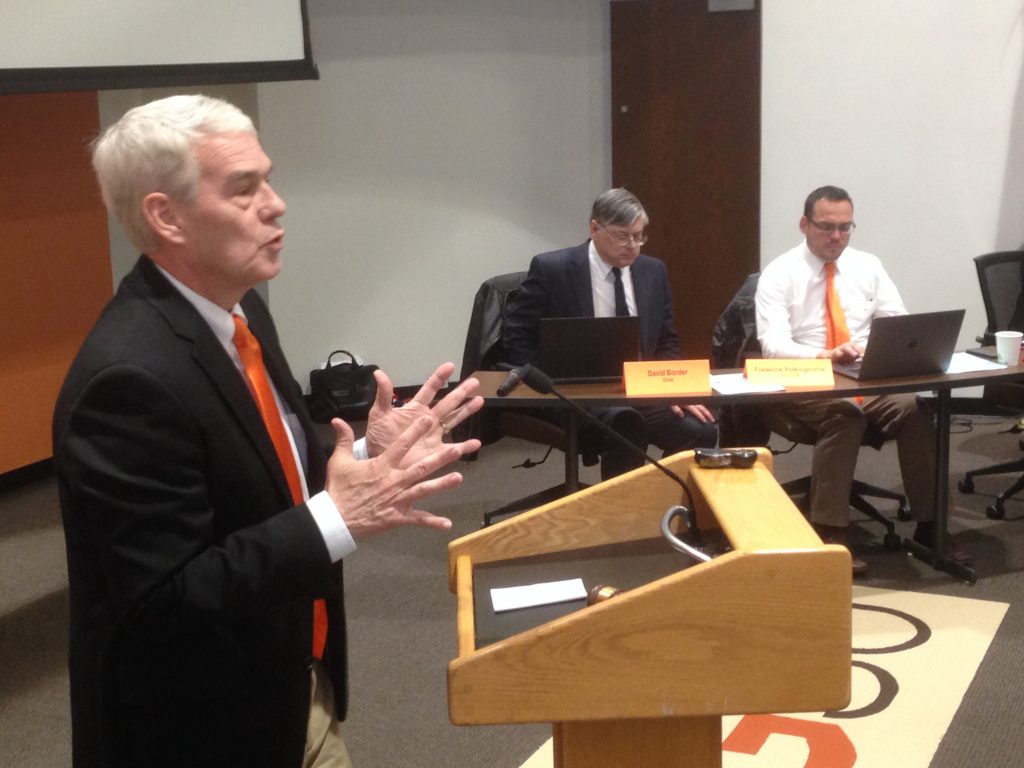
Rogers said the university is trying to buy as much time as possible. That was the goal of reaching a memorandum of understanding with the Faculty Association that allows the university to extend the deadline for letting 60 non-tenure track faculty – Qualified Rank Faculty – with three or fewer years of BGSU service whether they will have jobs next fall. The deadline had been April 1 – and they had already been sent their renewal letters. Now the university has until May 15.
In exchange the Faculty Association secured certain benefits for those who are laid off.
At last week’s special meeting of the trustees, the board approved a furlough policy.
That would allow the university to furlough some administrators and staff for a certain period without pay. This would not apply to faculty, who are covered by the collective bargaining agreement.
The idea came up from an ad hoc committee meeting to consider how to addresses the financial bind. “A lot of people stepped up and said if that would help, let’s do some kind of furlough,” Rogers said.
The university has also imposed a hiring freeze and greatly restricted spending. Those are one-time fixes, Rogers said.
“The second year,” he said, “we’ll have more information, and certainly that could adjust some of our plans. We want to protect the academic core of the university. That is absolutely key.”
The university’s auxiliary budget took an $11 million hit when it gave a pro-rated refund to students for dining, housing, and parking. Some it was absorbed in those funds reserves, but closing that gap is yet another challenge.
BGSU plans to have students back on campus
Much of what will happen is out of Rogers’ hands.
As when the university decided to end face-to-face classes and move all instruction online, the university was following the guidance of Gov. Mike DeWine and the state’s Director of Health Amy Acton.
Rogers said the university “will defer to public health officials” on whether face-to-face classes will be held, and in what form. “In general, we will take a lead from the governor.”

Like so many in Ohio, the governor’s daily press conference is appointment viewing for Rogers. “We’re all monitoring the number of cases see if we have this under control. We’d love to see the number of cases, and deaths of course, go down.” But there’s also concern, he said, of a resurgence of the virus.
“We’re making the assumption we’re going to be face to face.” The planning at this point is to have students return to campus in August.
Rogers said the university is already looking at what having students return to campus in a COVID-19 world would require.
“What would it look like to have a COVID-19 resistant kind of campus where we do certain things to try to minimize any kind of risk? … How would we be able to deliver our education in a way that greatly minimizes risk of the coronavirus?”
Many courses could be delivered in a hybrid manner with much of the instruction online with some face-to-face sessions in small group settings that allow for appropriate physical distancing.
It would mean monitoring everyone’s health, he said.
Hand washing stations would be installed in front of every building. And the university would need some additional staff to make sure the buildings are constantly being cleaned. That’s the kind of planning university personnel are doing, the president said.
This will also have a major effect on both sports and the arts.
University officials are meeting regularly with their peers from the MidAmerican Conference schools to consider, with guidance from the NCAA, what provisions may be needed to limit crowds.
That applies to the arts as well. “We may have to do social distancing at performances,” Rogers said. “It’s intriguing to think what that would look like. It could be an interesting model going forward.”
Online instruction only in fall a possibility
University officials also have to consider the possibility that online only learning would continue into the fall.

Rogers has some personal insight in what it means for students to be learning online. His college age twin sons are at home with him and his wife, Dr. Sandra Earle. Isaac Rogers is a student in the BGSU College of Business and the Honors College, and Spencer Rogers is studying optical engineering at the University of Rochester. So, their father gets to see two approaches to distance learning.
If that was extended, Rogers said, the university has to make sure “faculty are given ample opportunity to fully move their courses onto an online platform.”
That work was done on the fly over spring break, with adjustments continuing as the semester progresses.
In fall, he said, the university will need to support faculty “to make that virtual experience as powerful as possible.”
That may mean developing new courses. “We also want to make sure the courses we are offering are aligned with the needs of the students, so they can continue toward degree completion.”
The experience of virtual education, he said, will change the way the university uses technology to engage students even after the crisis has passed.

